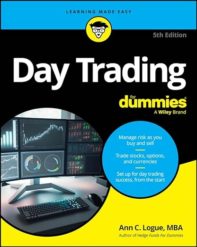Over the weekend, the New York Times published a great article about how college students are being crushed by debt. I have a lot of thoughts on this, so I’ll start by explaining why I feel I have some expertise: I was a private college student who graduated loans, I am a parent who expects to be paying for college some day, I teach at a state-supported university, and I write about different college financial issues for University Business. Recently, friends with college-bound children have started asking me for advice.
I’ll start today by laying out what’s happened to make college so incredibly expensive. The first is an economic concept known as Baumol’s Disease, described by economist William Baumol. He said that service businesses cannot have the same productivity gains as other sectors of the economy because they are so dependent on human interaction. If a computer loads twice as fast, that’s great; if a symphony orchestra races through a song at double normal speed, the audience would be upset. If a doctor spends half as much time as normal with us, we’d be upset, and we don’t view a kindergarten class with 40 kids and one teacher to be twice as good as one that has 20 kids and one teacher. Therefore, costs will rise faster in service sectors than in the rest of the economy.
And, for colleges, this means that costs have risen faster than the economy as a whole, and they probably always will.
That being said, college costs have increased even faster than would be expected for three reasons:
- Public Colleges have faced massive losses of taxpayer money. Simply put, the average taxpayer doesn’t value education enough to want to pay for other people to learn, no matter how much education pays off for the overall economy.
- Private Non-Profit Colleges are in an arms race to raise their US News and World Report Rankings by offering amenities that attract higher-scoring students. Some of these (nicer laboratories, a lower faculty-student ratio) may improve the quality of education; others (fancy dormitories) don’t. These things cost money, and it is passed on to the students.
- Private For-Profit Colleges want to maximize revenue, and too many of them don’t seem to give a damn if students actually graduate or get a degree. Their students have higher-than-average default rates, and that gets passed on to all student loan borrowers in the form of higher interest rates. And yes, the interest rate is a cost of going to college.
I’ll have more thoughts on this in future posts, including ways that parents and students should think about college costs and best pay for them. Hey, I’ve got a blogathon to do, I can’t put all my thoughts in one post!


